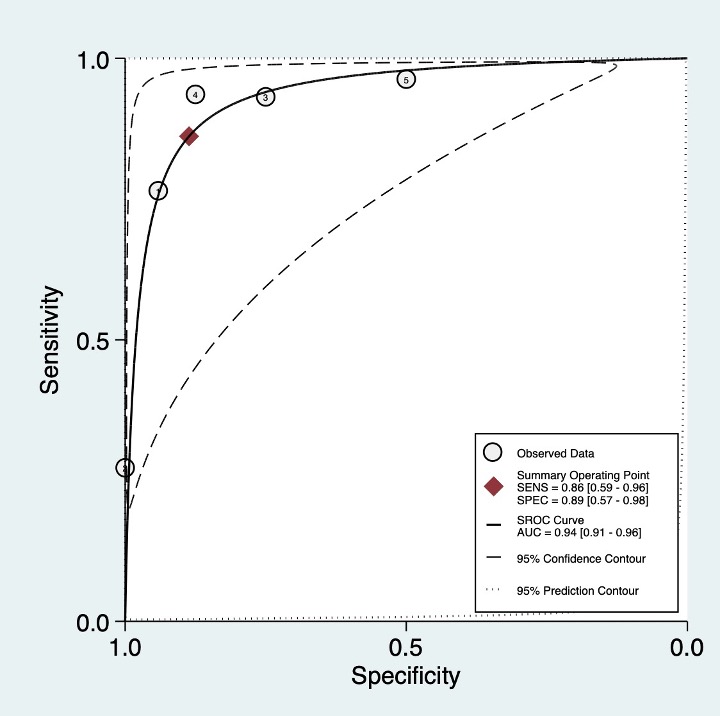Lots of interesting abstracts and cases were submitted for TCTAP 2024. Below are the accepted ones after a thorough review by our official reviewers. Don’t miss the opportunity to expand your knowledge and interact with authors as well as virtual participants by sharing your opinion in the comment section!
TCTAP A-055
Echocardiographic Pressure Half Time (PHT) for Evaluation of Pulmonary Regurgitation in Patients With Repaired Tetralogy of Fallot (rTOF) : A Systematic Review and Meta-Analysis
By Nindya Permata Bunda Surya Utami, Fadhilah Harmen, Muammar Emir Ananta, Nayla Karima, Rina Ariani, Radityo Prakoso, Yovi Kurniawati
Presenter
Nindya Permata Bunda Surya Utami
Authors
Nindya Permata Bunda Surya Utami1, Fadhilah Harmen2, Muammar Emir Ananta3, Nayla Karima4, Rina Ariani5, Radityo Prakoso5, Yovi Kurniawati5
Affiliation
Alumnus Faculty of Medicine Universitas Indonesia, Indonesia1, Perdagangan Regional Hospital, Indonesia2, Jakarta Islamic Hospital Cempaka Putih, Indonesia3, Permata Depok Hospital, Indonesia4, National Cardiovascular Center Harapan Kita, Indonesia, Indonesia5
View Study Report
TCTAP A-055
Echocardiography
Echocardiographic Pressure Half Time (PHT) for Evaluation of Pulmonary Regurgitation in Patients With Repaired Tetralogy of Fallot (rTOF) : A Systematic Review and Meta-Analysis
Nindya Permata Bunda Surya Utami1, Fadhilah Harmen2, Muammar Emir Ananta3, Nayla Karima4, Rina Ariani5, Radityo Prakoso5, Yovi Kurniawati5
Alumnus Faculty of Medicine Universitas Indonesia, Indonesia1, Perdagangan Regional Hospital, Indonesia2, Jakarta Islamic Hospital Cempaka Putih, Indonesia3, Permata Depok Hospital, Indonesia4, National Cardiovascular Center Harapan Kita, Indonesia, Indonesia5
Background
Surgical correction of Tetralogy of Fallots (ToF) involves relieving right ventricular outflow tract (RVOT) obstruction. During long-term follow up, these procedures result in pulmonary regurgitation (PR) which may cause deterioration of right ventricle function. Cardiac Magnetic Resonance (CMR) is the gold standard to evaluate the severity of PR in repaired ToF patients yet it is not widely available. Meanwhile echocardiographic pressure half time (PHT) is a simple modality, with inconsistent diagnostic accuracy among studies. We aimed to evaluate the diagnostic performance of PHT in assessing PR.
Methods
The protocol pertaining for this systematic review and meta-analysis has been registered in PROSPERO (CRD42023411911). A systematic search of literature was performed through PubMed, EMBASE, Cochrane Library, Scopus, ScienceDirect, and ProQuest for articles published from inception until April 14th 2023. We included studies evaluating the performance of echocardiographic PHT in diagnosing hemodynamically significant and/or severe PR. The comparator was PR Fraction (PRF) assessed by CMR, which is the gold standard. Risk of bias assessment was conducted using QUADAS-2 tool. All meta-analyses were performed using Review Manager version 5.4 and RStudio.
Results
From 2483 studies, we included 14 studies with a total of 854 patients in this systematic review. Five studies evaluating hemodynamically significant PR (hsPR) and two studies evaluating severe PR were included in the meta-analysis. The heterogeneity of data used in assessing the accuracy of PHT threshold <100 ms in diagnosing hsPR is 28%, while it is 0% for severe PR. Both heterogeneities are considerably low and may not be important. The diagnostic odds ratio (DOR) of PHT was 32.66 (95% CI 13.21-80.70) for evaluating hsPR and 8.30 (95% CI 2.36-29.23) for evaluating severe PR. The area under the ROC curve of PHT in evaluating hsPR (PRF >= 20%) was 0.94 (95% CI 0.91-0.96). The pooled sensitivity and specificity of PHT for hsPR were 0.86 (95% CI 0.59-0.96) and 0.89 (95% CI 0.57-0.98) respectively.






Conclusion
PHT (<100 ms) has good sensitivity, specificity and excellent overall diagnostic performance in diagnosing hemodynamically significant PR in patients with rToF. Thus, PHT may be used as a screening modality to evaluate PR severity in patients with rToF.

